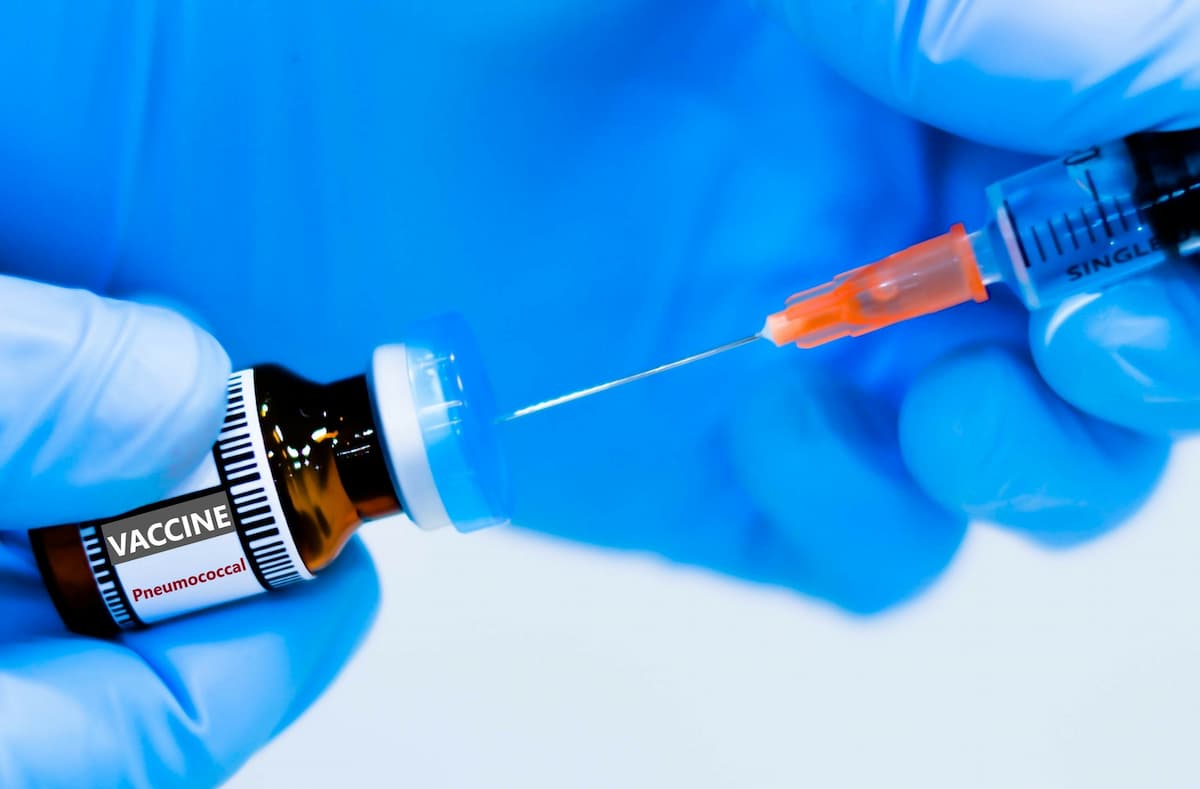Article
Understanding How HIV Infects Macrophages Could Lead to a Cure
Author(s):
Macrophages disable protective protein, leaving an open window for HIV infection.
HIV exploits a naturally-occurring process in macrophages to bypass an antiviral restriction, according to a study published in EMBO Journal.
Macrophages produce the antiviral protein SAMHD1 to prevent HIV from replicating in these cells.
“We knew that SAMHD1 is switched off when cells multiply, but macrophages do not multiple so it seemed unlikely that SAMHD1 would be switched off in these cells,” said senior author Ravindra Gupta. “And yet we found there’s a window of opportunity when SAMHD1 is disabled as part of a regularly-occurring process in macrophages.”
According to lead author Dr Petra Mlcochova, other viruses have the ability to disable SAMHD1, however, HIV cannot.
“Our work explains how HIV can still infect macrophages, which are disabling SAMHD1 by themselves,” Mlcochova said.
The precise reason SAMHD1 switches off is unknown, but the authors suggest the process is done in order to repair damaged DNA.
The investigators performed a series of tests involving cultures of macrophages derived from human cells in vitro, as well as macrophages in mouse brain tissue. They found that by treating the cells with HDAC inhibitors it closed this window of opportunity.
“Our findings could help explain why some people undergoing antiretroviral therapy for HIV continue to have HIV replication in the brain, as the infected cells in the brain are typically macrophages,” Gupta said. “While this is a barrier to achieving control of HIV in just a minority of patients, it may more importantly be a barrier to a cure.”
Macrophages may be a critical reservoir that HIV uses to evade treatment, according to the authors. When a macrophage is infected, it continues to produce the virus, and cuts off the point of infection, which could be helpful in the treatment of HIV.
In particular, HDAC inhibitors may be especially helpful, because they are known to reactivate latent HIV cells, which results in the virus becoming vulnerable to the body’s immune system.
It could be especially helpful if supported by antiretroviral therapy, the authors noted.






